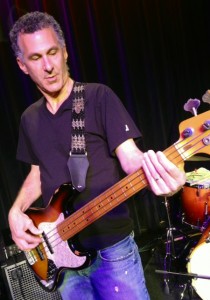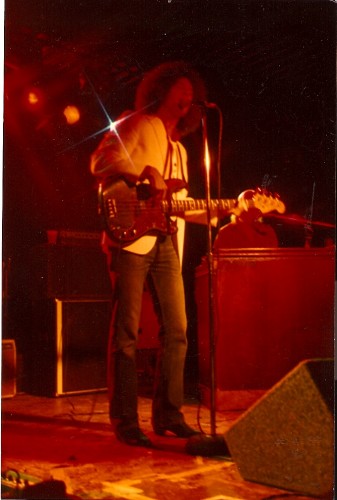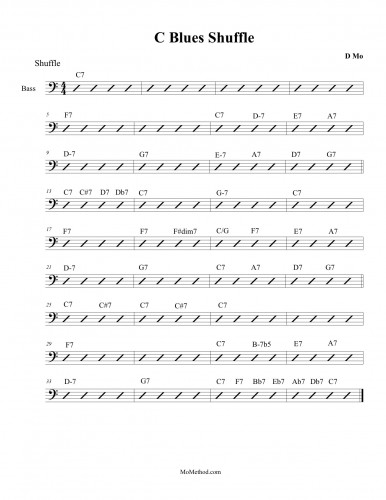
email Danny
Private lessons available
$125/hr
Group lessons on Sunday mornings EST
$45/lesson which are 90 minutes

email Danny
Private lessons available
$125/hr
Group lessons on Sunday mornings EST
$45/lesson which are 90 minutes
Going back to pencil and paper… hope you can read it!
1) Add a bass part
2) Learn the melody
3) Play some chords
4) Play back round lines (a second melody)
Reading music as a “whole” language requires a skillset that takes rudiments such as scales and arpeggios which when combined with an aesthetic component such as groove, timbre, and phrasing make music. Take this etude in G major and work thru the patterns of scales and chords. Pencil in each idea as this will help you see the individual notes as “music”, a song. Post me your work, I’d be glad to comment on it. Its an exercise in music theory. The more you work with theory and apply it to your bass playing and reading, the better your musicianship skills will develop.
thanks, D Mo
Click to open PDF of G Major Etude
version 1 G Major Etude with bass (roundwounds)
version 2 G Major Etude with bass (flatwounds)
version 2 G Major Etude without bass
Here’s a track I recorded messin’ around with the song Mr PC written by John Coltrane for jazz bassist Paul Chambers.
The intro line is a commonly used diminished idea heading into the C minor chord. Try it. Build the line from a half step below C which is B. The diminished chord is spelled with these notes;
D F Ab B..You can start on any of them and you will get the diminished vibe.

The II V I VI is a common chord progression. Practice walking steady quarter notes with an eye and ear to connecting the chords to each other. Play around with different registers of the bass to see how it changes the vibe of the music.
Here’s a track w/o bass for you to jam with.
Here’s a 60 second lesson recorded for Berklee College of Music’s radio station BIRN..main concept here is to have fun on your instrument, jam often, improvise on a classic tune…make something happen musically!!
just basses
Shuffle rhythm uses a triplet feel. Within each quarter note you can feel 3 triplets, sometimes tying the first two. That’s how I start this blues bassline. See what kind of line you can create. Be sure to keep the snare on beat 3 centered and feeling comfortable. I enjoy practicing keyboards too. This style of music is real fun to experiment with. Have fun with the playalong. Now we’re playing music together!

Channel Nightclub, Boston MA. w/ Danny Mo And The Exciters 1984
D Mo on Fender Bass and Keys
C Blues Shuffle playalong no bass

To download the PDF, click here.
To download the mp3 with no bass, click here.